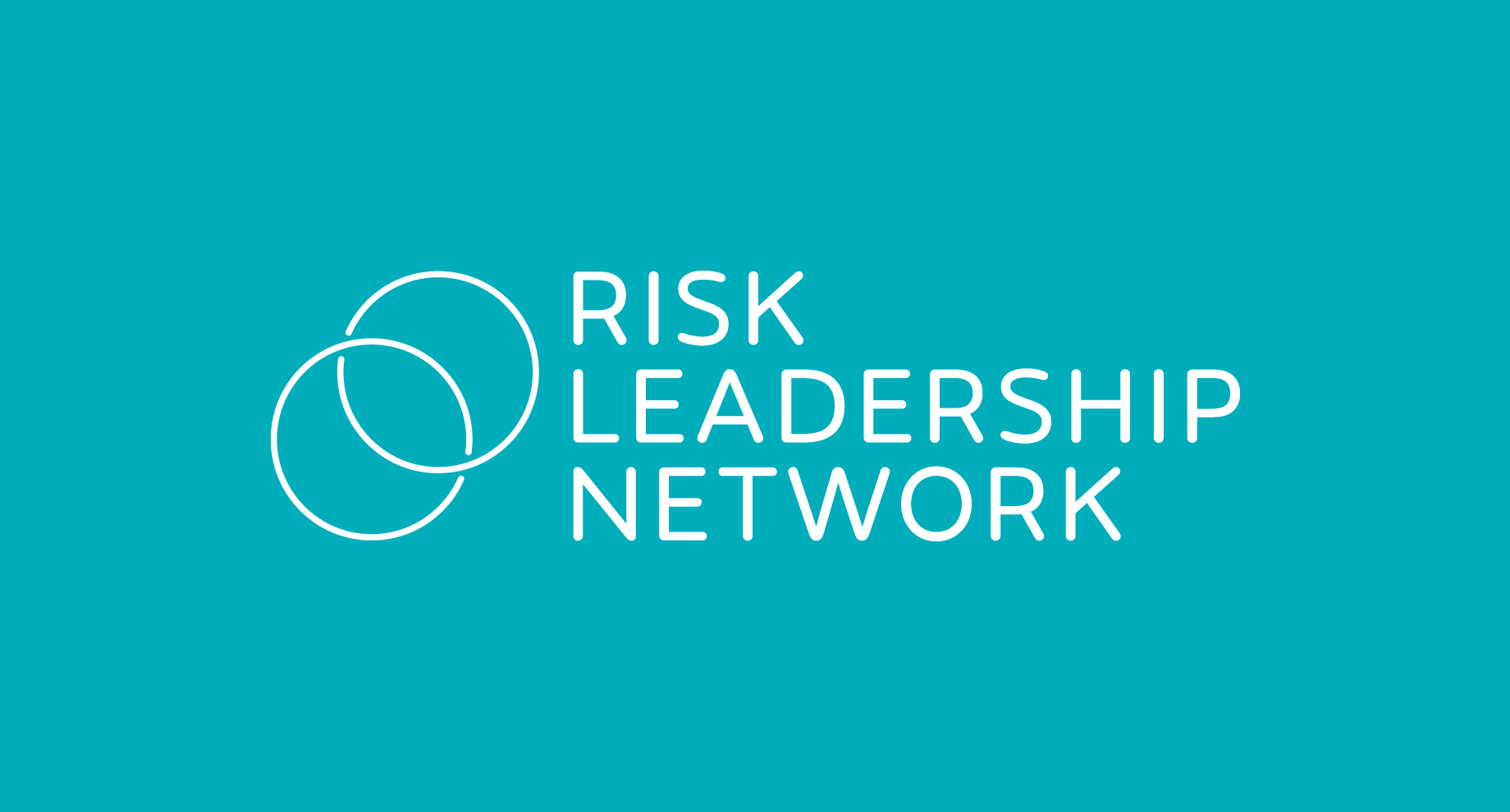How much do you know about your C-suite and board of directors to whom you may be reporting your risks?
This was a question that one of our advisory board members put to a group of Members who enrolled onto our 4-week Expert Network Programme on risk reporting (our 4- to 12-week Programmes provide deep dives into specific topics and incorporate discussion groups, Q&A sessions, guest speakers and Member presentations).
It was a question that naturally stimulated a lot of discussion. And one core theme was: do your due diligence on your executives and directors to really understand what makes them tick.
Here are 5 tips that came out from the first of four sessions that form part of our Expert Network Programme on risk reporting.
1. Gather intel on your audience
Preparation and planning are key when it comes to effective risk reporting.
Before you even think about putting pen to paper, do your due diligence on your audience to gather vital background information.
Ask yourself the following questions:
- Who are you reporting to?
- What do they want to know?
- What are their previous experiences and interactions with risk?
- How do they react to you personally?
This intel will help you to frame your report for maximum receptivity of your messages.
It’s also essential to accept that there will only be so much you can influence. Part of doing good due diligence is coming to understand what you can change and what you need to work with. Ultimately, this will help you to dispense your efforts where they can make the biggest difference.
2. Get to know individuals, not just the group
You might know your audience as a group but start thinking about them as individuals, too.
Try to understand what makes each of your directors or exco members tick – particularly regarding risk management. For example:
- Are they pro, neutral or ambivalent about risk management?
- Do they love detail and numbers?
- Or do they prefer a summarised position with a clear path forward? Do they prefer a long report or a short report?
- Do they like largely narrative or do they like a report full of graphs and imagery?
Focus your attention on the individuals who will help you to achieve your outcomes, but don’t ignore those that need to be converted to your cause.
Analyse the dynamics of the different individuals when they come together. Does your board comprise lots of independent minds or are directors likely to follow the lead of a strong chair?
Have you observed how your board or exco members participate in conversations?
Are they debaters?
Are they strategic thinkers?
Do they ask a lot of questions?
Who is likely to throw up a difficult question in the middle of a routine report?
If you’re new to your organisation, talk to people who know the directors and exco members, and have interacted with them and presented to them before.
Do Google and LinkedIn searches on directors. Find out what their profiles are like. How many boards are they on? Get a sense as to what other organisations or industries they belong to or work with. Why? Because time and time again, directors will draw comparisons between this organisation and the others they sit on.
It’s very powerful if, in a meeting, you can be on the front foot with this. If you can say you have already reached out to your network of risk managers at companies and in industries including the ones you know your directors are familiar with. It demonstrates that you are doing your research and that you know how to deliver messages that are fit for purpose.
3. Talk the same language
Use language that resonates with your directors. Know if they have backgrounds in finance, HR, comms, commercial, legal and so on. Use that terminology to talk about risk.
Examine directors’ online presence. Do they publish papers or articles online? This may give you a sense of how much they like to frame their own ideas and the direction of their views.
Get a sense also as to whether they’re tech savvy or not. When you walk into exco or board meetings, observe individuals’ preferences for hard or soft copy reports. This can be useful intelligence for you to use down the track.
4. Arrange one-to-ones
Not all directors or leaders will be receptive to risk messages. You will encounter directors who just want to focus on finance, for example, and leave risk to look after itself.
You should work on converting that person, but not in a group setting where you might embarrass them. See if you can orchestrate some one-on-one time with them.
Use a topic of interest or an area of their expertise as a reason to gain access. For new board or exco members, you could also offer to complete an induction into risk management within the business.
Through these meetings, you can get a sense of how their internal risk management clock ticks, as well as how much priority they place on risk management and how much experience they have with risk. Use this intel to build your relationships, both formally and informally.
5. Convert the reluctant
Pick up cues from those who are reluctant to engage in risk. What are they telling you they are interested in or focused on?
If they’re saying, “I’m focused on the numbers and the forecasts”, for example, use that as your pathway to talking about risk. For example, you could say, “let’s talk about what can impact the achievement of these forecasts”. They’re not interested in heat maps; they’re interested in dollars and deadlines. So, talk to them in language that they understand and you might be surprised at the engagement you can generate.
If they’re particularly non-receptive, consider asking them for a challenge in their portfolio and offer to help them. Do it privately, but see if you can use some risk problem solving to win them over. If you do this well, you will often find these people later become your biggest advocates in meetings.
The more intel you have on these characters and where they’re coming from, the more likely you will be able to eventually persuade them to see value in risk management and reporting.
If you’re not in a position where you gain direct access to directors or exco members (for example, depending on your organisational structure, your risk reports may be presented second- or sometimes third-hand by CFOs or COOs), work on your relationships with the people presenting the reports.
You can still do your due diligence on your ultimate audience, plus ask your CFO/COO for cues. Ask them how people responded to your report? What kinds of questions were they asking?
Bear in mind, negative feedback will probably make its way to you one way or another. So be sure to actively seek out positive feedback too.
And there’s more...
Of course, the first session in our risk reporting programme generated many more tips and are covered in the full summary (published in our Member-only Intelligence platform), including:
- Conflicts and siloes in reporting
- Pleasing multiple people
- Meeting prep and giving people a heads-up on contentious issues
- Managing timeframes
- Revisiting reporting fundamentals
We will be running more Expert Network Programmes in 2021, covering risk appetite, horizon scanning and emerging risks and risk culture. To find out more, contact me on: kin.ly@riskleadershipnetwork.com
Are you an in-house risk manager who could benefit from collaborating with a global network of risk leaders? Talk to us about becoming a Member today.
Share this
Related posts you may be interested in

Risk Leadership Network’s risk management pulse: top 3 global priorities

Key considerations for enhanced risk reporting
